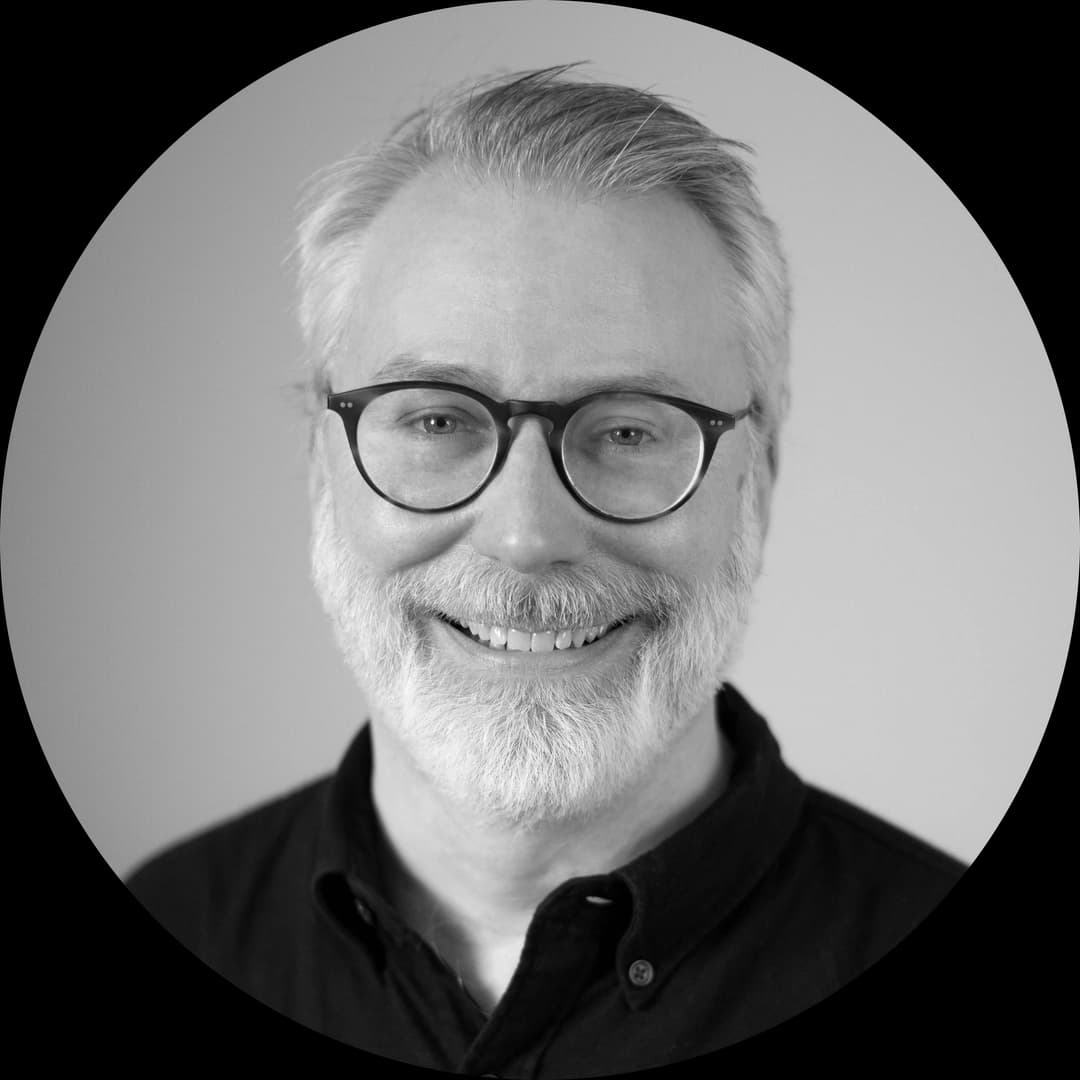
The San Francisco Tape Music Festival takes place over four concerts this weekend, beginning tonight, at the Victoria Theater in the Mission. Surrounded by 24 high powered loudspeakers, there will be examples of the form that uses recorded sound to make music rather than just capture it. Thom Blum, one of the members of the SF Tape Music Collective, which curates the festival, says the first examples were created as early as the 1930s.
There’s more information about the composers and schedule of works at the San Francisco Tape Music Festival website.
Newcomers to the festival might be a little confused by the lack of a ‘performer’ on stage – there’s a mixer in the middle of the audience, who determines how the sound is diffused throughout the theater. “You come in, you sit down, you’re in the dark, you listen to sounds that are highly unusual, hopefully produce a musical effect, and are extremely spatial and three-dimensional,” Blum says. “So we try to sculp the sound around the listener.” The notion of recording sounds, and manipulating them to create music goes back to Walter Ruttmann, a German filmmaker, who took visual editing ideas to the sonic palette in his 1930 work called The Weekend. “It was probably one of the fundamental uses of the tape recorder to produce music, as opposed to just capturing music. And he wandered around Berlin and recorded the sounds of the city, and then assembled those into something that for him, anyway was kind of musical.” The selections in this year’s festival include some established classics by pioneers like Pierre Henry, and a 1956 work by Karlheinz Stockhausen (Gesang der Jünglinge) as well as works by Blum and fellow members of the SF Collective, and some of those submitted for entry in their annual competition. “We do four concerts over three nights, each concert is a completely different bill. We try to give audiences a full range of experiences of this kind of music.”







